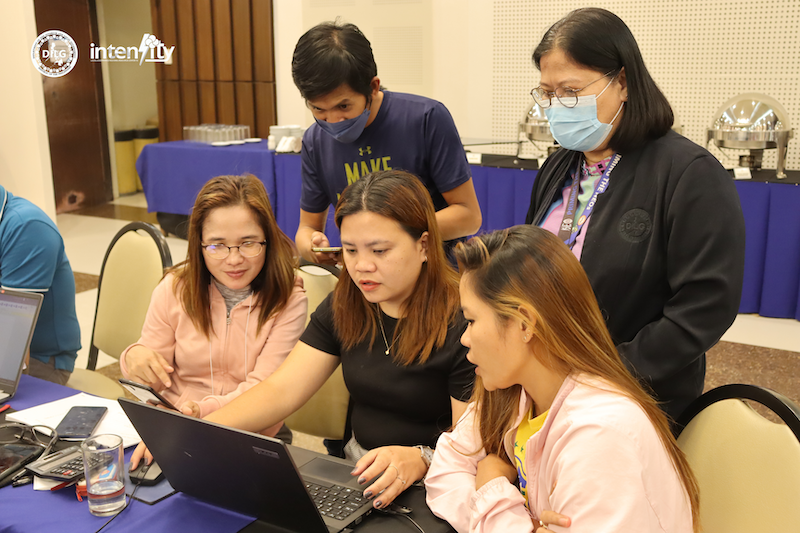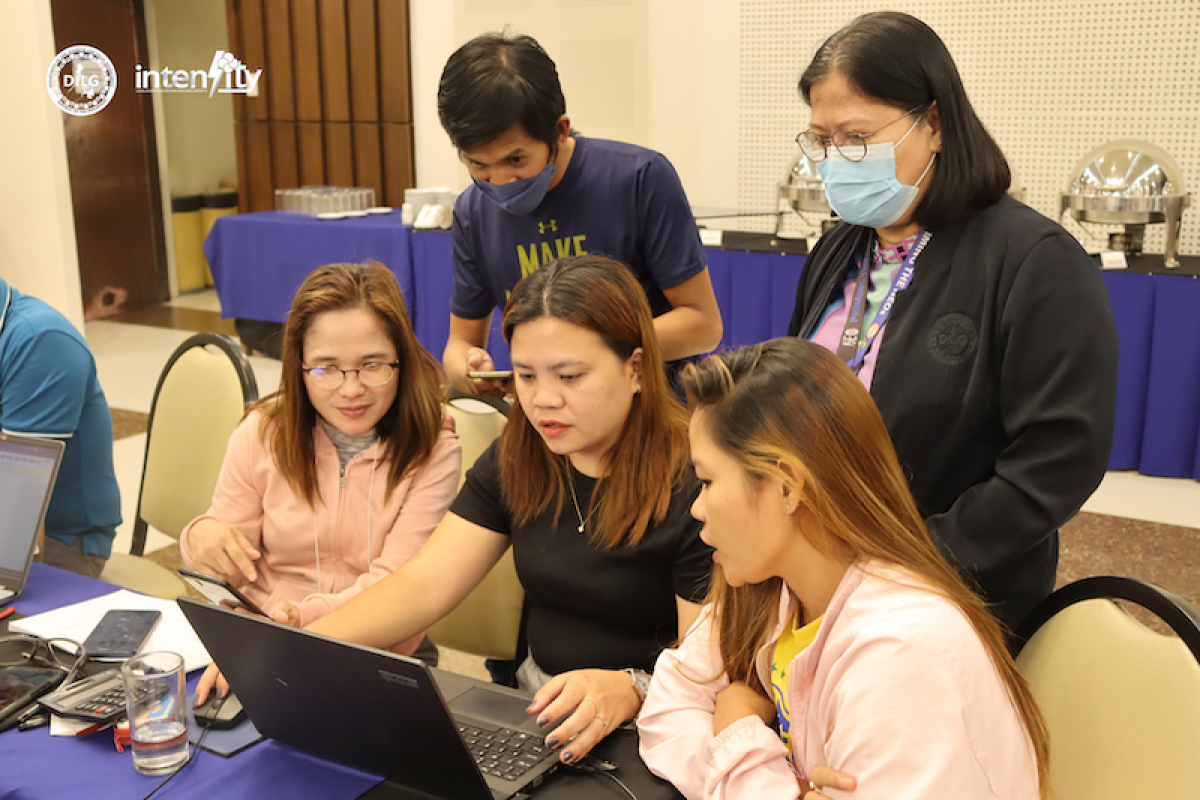CAGAYAN DE ORO CITY (PIA)—The Department of the Interior and Local Government (DILG)-10, through the Local Government Capability Development Division (LGCDD), conducted a training workshop on Climate and Disaster Risk Assessment (CDRA) and Enhanced Local Climate Change Action Plan (ELCCAP) formulation, July 10–21.
LGCDD Chief Hazel L. Occeña stressed the importance of ELCCAP and why it should be integrated with CDP.
"Your local development plan contains various development issues and concerns. With ELCCAP, a stand-alone plan, contains PPAs that address all sectoral concerns and is important to be integrated with CDP," said Occeña. Moreover, she also reminded the participants to ensure all available data sources are available for them to seamlessly proceed from CDRA to ELCCAP.
In accordance with Republic Act 10121, or the Philippine Disaster Risk Reduction and Management Act of 2010, the DILG, as the vice chair for disaster preparedness, equips and trains the Local Disaster Risk Reduction and Management Officers (LDRRMOs) to complete the LGU CDRA as a requirement and to make their Enhanced Local Climate Change Action Plan (ELCCAP) and Risk-Informed Comprehensive Development Plan (CDP+).
To extensively discuss the CDRA Process, various partner agencies were tapped, including the Science Agencies and Subject Matter Experts (SMEs), the Department of Human Settlements and Urban Development (DHSUD), the Philippine Atmospheric, Geophysical and Astronomical Services Administration (PAGASA-DOST), the Department of Environment and Natural Resources (DENR)-Mines and Geosciences Bureau (MGB), and the Environmental Management Bureau (EMB).
Discussions during the workshop included sessions on CDRA Step 1: Collect and Organize Climate Change and Hazard Information; Step 2: Scope the Potential Impacts of Climate Change and Hazards; Step 3: Development of the Exposure Database; Step 4: Conduct a Climate and Disaster Risk Assessment (CDRA).
Meanwhile, session 2 covers an overview of ELCCAP, Situating CDRA in ELCCAP, ELCCAP Formulation Steps 3–8, CCET Tools, LDIP Forms, and the People’s Survival Fund (PSF). These were discussed by resource persons Occeña, Assistant Division Chief Myrna B. Felicilda, Local Government Operations Officer (LGOO) Maria Cecila C. Teves, LGOO Jaleel Elhav B. Paler, and LGOO Edel Grace T. Seronay.
Municipal planning and development coordinators (MPDCs), local disaster risk reduction and management officers (LDRRMOs), information technology (IT) staff, GIS mappers, and municipal agriculture officers (MAOs) were present at the activity.
The five-day training workshop was conducted in two batches. Batch one LGUs were from the Province of Bukidnon, City of Iligan, Municipalities of Don Carlos, Malaybalay City, Maramag, Quezon, Sumilao, Catarman, Mahinog, Sagay, Gitagum, and Manticao, July 10-14.
Batch two LGUs were from the Province of Camiguin, Municipalities of Kitaotao, Malitbog, Mambajao, Guinsiliban, Bacolod, Linamon Magsaysay, Pantar, Salvador, Sultan Naga Dimaporo, Tubod, Don Victoriano, Ozamiz City, Sapang Dalaga, Sinacaban, Balingoan, Binuangan, El Salvador, Initao, Jasaan, Lagonglong, Lugait, Salay, and Tagoloan, July 17-21.
The CDRA formulation identifies various disaster risk reduction and climate change adaptation measures that help strategize priority decision areas for addressing LGUs’ risks and vulnerabilities. While ELCCAP provides strategies and policies for reducing greenhouse gas emissions and increasing the community’s resilience to climate change impacts. (DILG-10/PIA-10)




